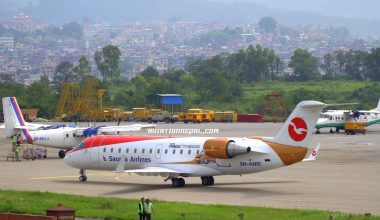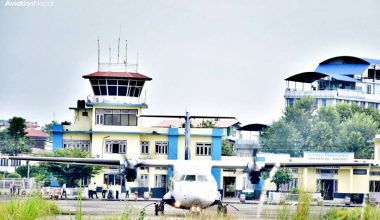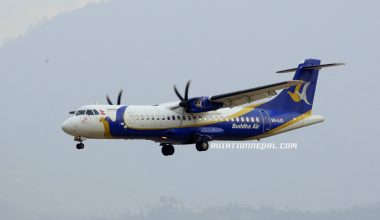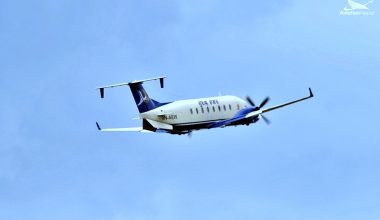
The advantages and challenges rested hidden for airlines expanding their fleet
January 8. 2017- Kathmandu
Major airline companies of Nepal have already brought in or are bringing more aircraft to expand their fleet in 2017. Buddha Air will be shortly bringing in one ATR 72-500 by the end of January. The airline company has already signed the Sales Purchase Agreement. Likewise, Yeti Airlines has also planned to include some aircraft of ATR series. Including that, Nepal Airlines Corporation has also signed deal to buy two wide body aircraft, Airbus A330s from the AAR Corporation, an American aviation provision company.
These all attempts in bringing in more number of aircraft are in fact a boon to the country. The more number of aircraft flying in the country domestically means more service to the passengers and more options for air travel. Likewise, the fleet expansion is slated to bring more competition among the airliners affecting the price of tickets which will likely go down. Additionally, employees will be required and huge number of jobs will be created. In case of tourism, the fleet expansion of both the Nepal Airlines and Himalaya Airlines are considered huge leap which will bring passengers from international destinations directly.
Many airline companies in Nepal have been established and disappeared in the wind but the some airliners have been able to hold throughout all these years since the first airline company was established. It is not easy to conduct such an expensive service enterprise in a country full of political turmoil and lack of sincerity. But, the major airliners like Buddha Air, Yeti Airlines, Tara Air, Saurya Airlines, Simrik Airlines etc. have made it through to assure the trust of passengers. But still expansion of fleet will be troublesome for them. The first problem they would encounter or have already realized is the absence of experienced pilots. Nepal has very difficult terrain and flying easily is impossible pertaining to the unpredictable weather and cloud conditions. Nepal has been facing major shortage of pilots who have known in these terrains which is a setback, considering many pilots available have not flown the number of hours required to head the aircraft and finding such pilots are a challenge which may even bring stiff competition among companies to own such pilots who are not paid enough with respect to their job.
Likewise, the next trouble would be Tribhuvan International Airport (TIA). TIA is a limited airport (in terms of area) with only a single runway. The airport which is recently facing a huge congestion problem will hamper the plans of the airliners. With the termination of the construction company that was supposed to work for the expansion of runway and taxiway and other problems, the development works of TIA are getting delayed. The work of the parking bays and their expansion are also not completed though it has been widely announced that they will soon be finished to acquire huge aircraft in its vicinity. The parking bays are essential considering that Nepal Airlines will be bringing two wide body aircraft and TIA doesn’t have enough space to put them and even operate them. So, in that prospect, the companies will be facing real challenge to adjust the aircraft within the TIA vicinity.
So, expanding fleets soon would be major hindrance for the airline companies. Until the completion of the first phase of the construction of Bhairahawa airport, it is better that the airliners do not plan heavily and rely on the fleet that they have. Of course, humongous opportunities are on the way when the Bhairahawa airport gets complete, but for now, relying on TIA is their only option. Moreover, CAAN should amend the regulation of giving a year earlier notice by the pilots who want to leave their company and probably make the time shorter. It is always a proud moment when an industry develops but considering Nepal, it is still difficult to progress rapidly because of different trivial blockades (unfit bureaucracy, politics and corruption).







Comments are closed.